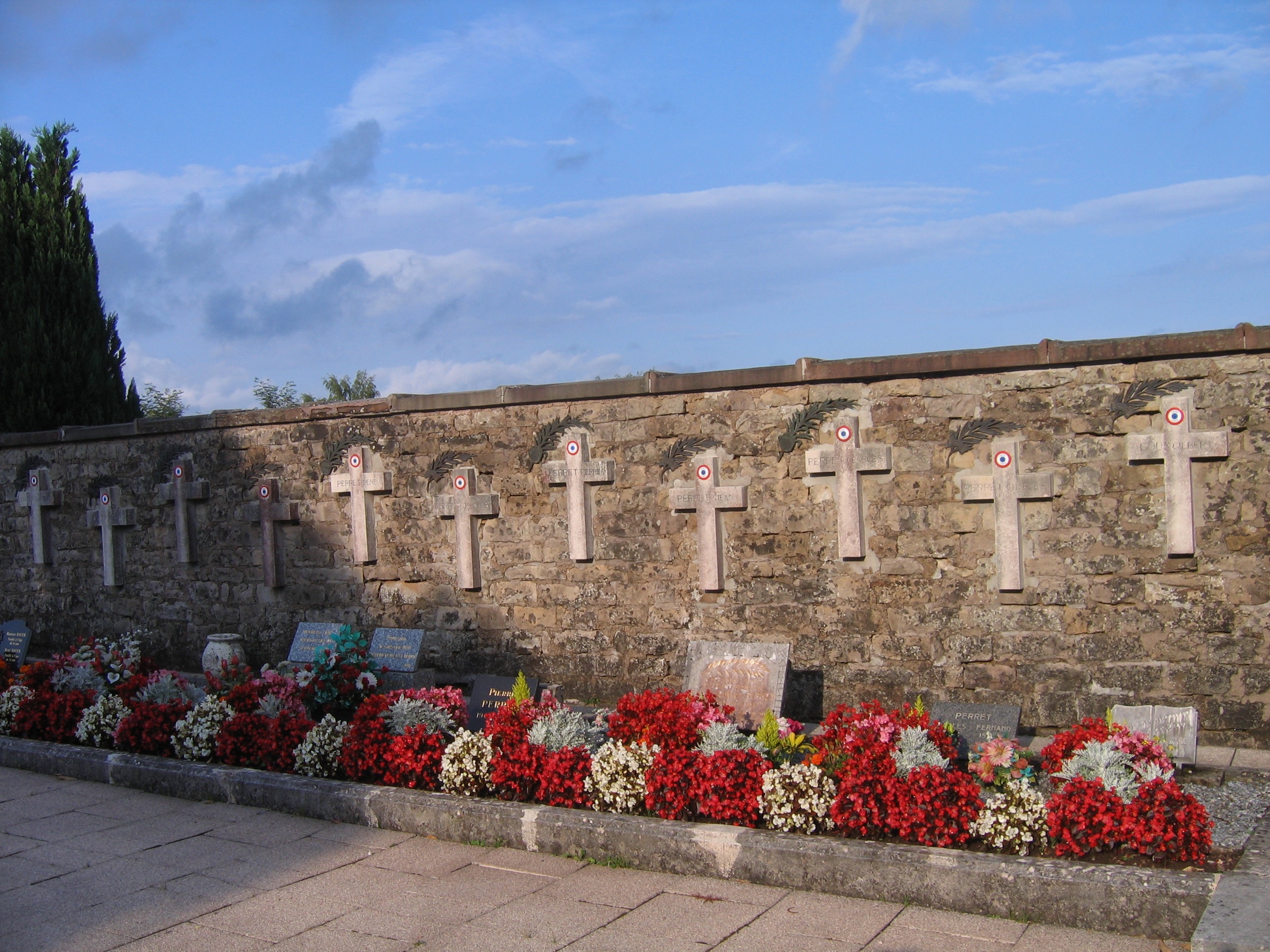Shelter at Etobon
The escaped Indian POWs came to Etobon by two’s, three’s and sometimes more. They were dark-skinned; many were Sikhs, with turbans and long hair. They were obviously not Franc-Comtois, but the Etobonais fed them, hid them and protected them. That’s how the Franc-Comtois are. Whether you are a Sikh soldier from India or an American pastor from Pennsylvania, they care for you. When you are their friend, you will never lose their love.
The people of the Franche-Comté have a reputation among the rest of the French of being closed and cold. “The little boches of the north,” the southerners say. Whether or not they know the depth of the insult of being compared with the boches, a derogatory term for Germans, the Franc-Comtois know. Despite their undemonstrative nature, these people shed their blood for their country and for the sake of their allies.
When the families of Etobon had fed and clothed the escaped POWs, the village leaders had to decide what to do. If they stayed in Etobon, they’d be noticed right away. The Swiss border was their only chance. It’s at least a day’s walk, but the Franc-Comtois were used to smuggling across the border. Also, between Etobon and Switzerland there was a chain of maquis. They could hand the POWs off from one to the next, making sure they wouldn’t be lost or captured before they reached the frontier.
The next stop for the first group was Chagey. Two men from Etobon led the first escapees out of the village by the fields and into the woods. Dressed as French peasants, with caps pulled low, the Indians might not be noticed if they were seen. Once they had reached a trail, their guides pointed the way to Chagey, knowing that the maquis there would see the foreigners to the next town.
 Katherine Douglass
Katherine Douglass
During the spring and summer of 1944, over 100 escaped prisoners made their way to Etobon. Those who arrived first had the best chance of reaching the Swiss border. Later arrivals were not so fortunate.
